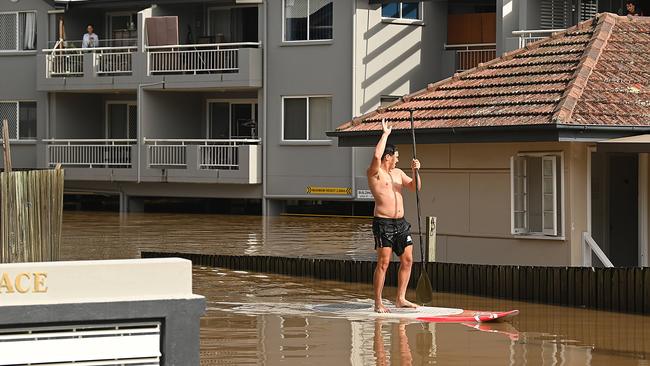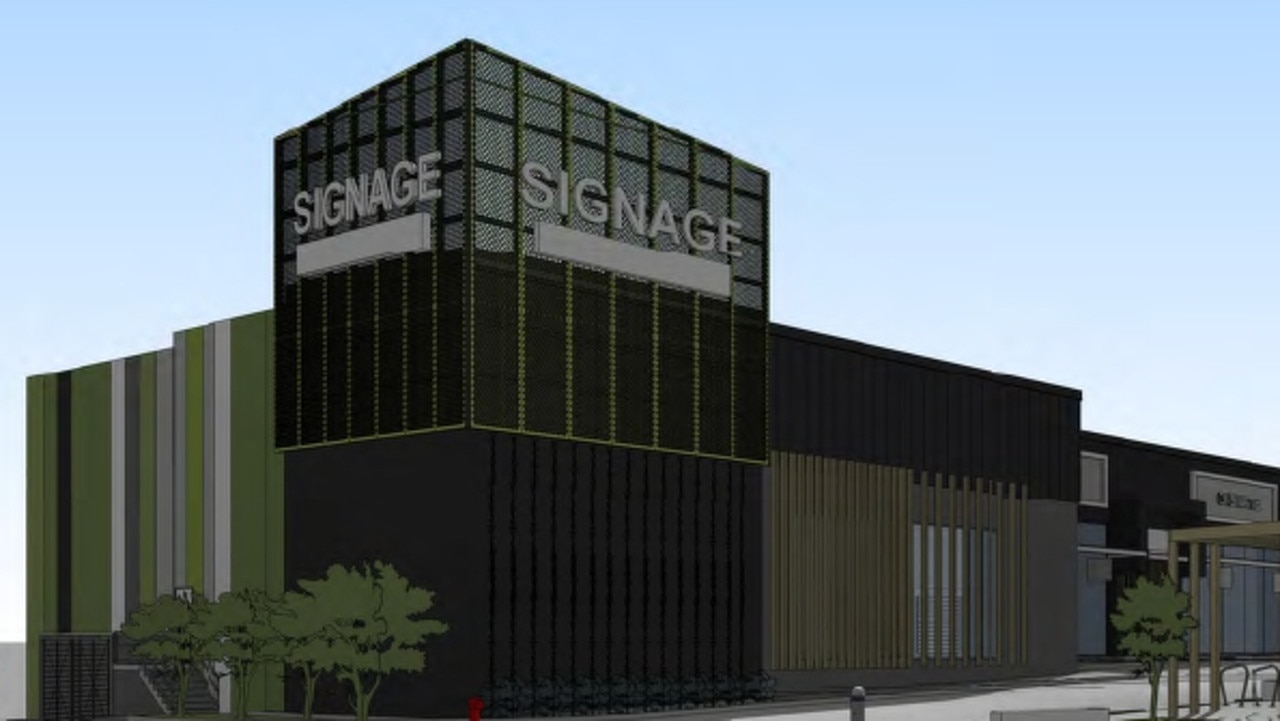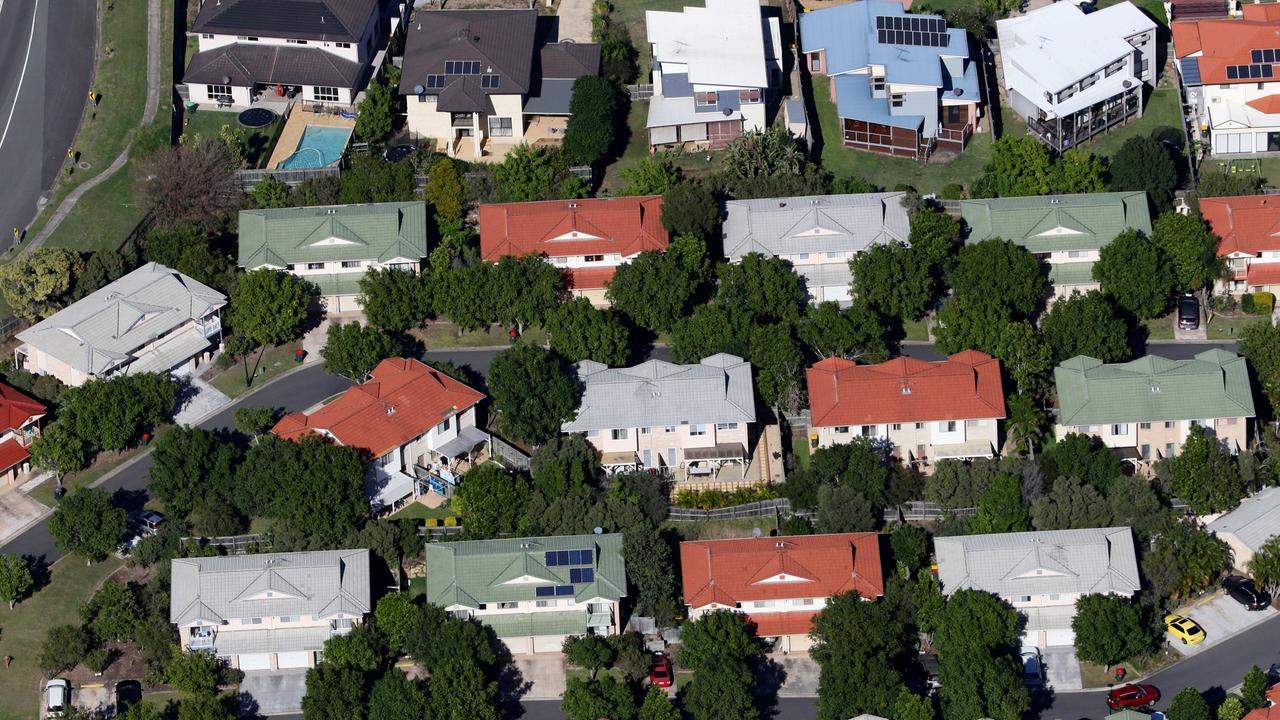9 months on: How the floods have impacted house prices
Flooding across Brisbane earlier this year has done little to dampen price increases, with new data showing just two suburbs have seen house values go down the drain. INTERACTIVE.
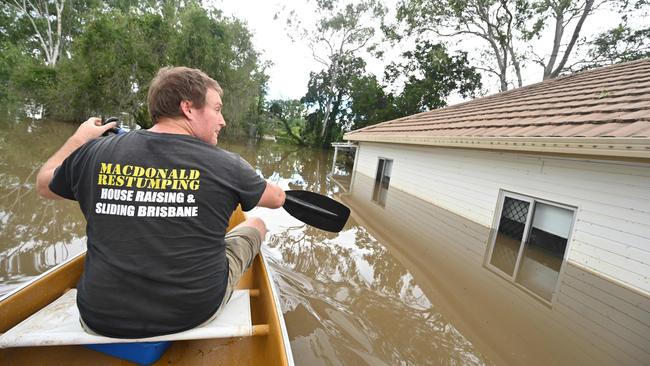
Property
Don't miss out on the headlines from Property. Followed categories will be added to My News.
WIDESPREAD flooding across Brisbane earlier this year has done little to dampen house price increases, with new data showing just two flood-affected suburbs have seen house values go down the drain.
Kangaroo Point, one of the hardest hit areas, has seen house values decline 12.4 per cent in the 12 months to November, nine months after the floods.
House values there have dipped to $1,482,500, down from $1,692,500 in November 2021, three months before the floods and nearing the peak of the Covid-19 property boom.
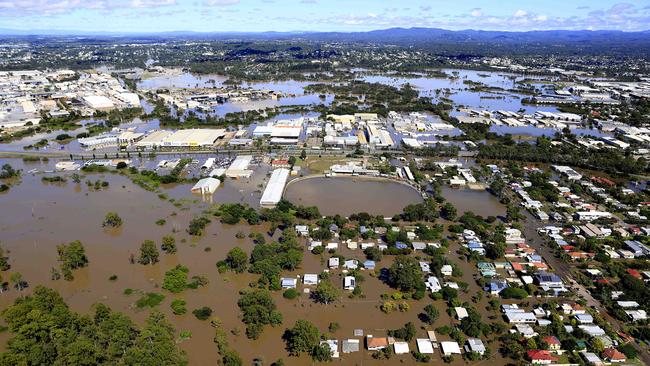
Back in February, the median house price in the riverside suburb was $1.725 million.
House values in Yeerongpilly have also fallen, down 0.5 per cent to $945,500 compared to November 2021 prices, according to the latest REA Market Trends report.
In February, before the floods, house values there were pushing $1 million.
Around 23,400 properties in 177 Brisbane suburbs were impacted during the floods earlier this year, including 83 suburbs that were unaffected in the 2011 floods, according to the Brisbane City Council Flood Review report.
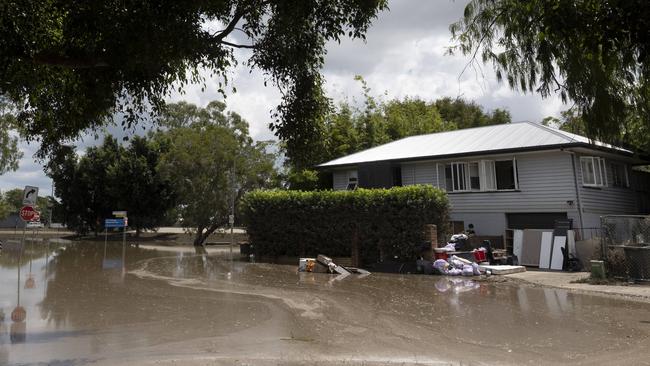
Many of those previously flood-free suburbs were impacted by overland water flows due to the relentless rain bomb.
Since then, 5411 Queensland homeowners have registered their interest in the Resilient Homes Fund, set up to retrofit, raise or buy back flood-affected properties.

But elsewhere, house values generally have continued to rise, with suburb median values being held up by “flood free” homes and continued heightened demand.
In South Brisbane, house values are up 5 per cent to $1.37 million.
Likewise in Graceville, house values have soared 5.6 per cent despite floodwaters affecting numerous homes in the sought-after riverside suburb.
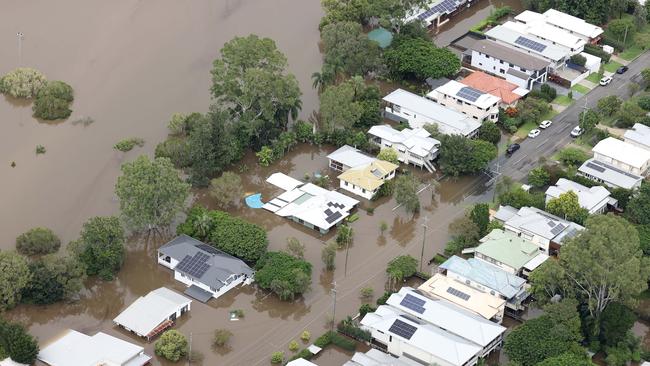
Ray White Sherwood/Graceville principal Cameron Crouch said the past nine months had been “very different” to the same period immediately after the 2011 floods.
“Back then (2011), even the properties that weren’t flood affected saw their values decline,” he said.
“Now, anything not flood affected has seen values go up, and those that had some flooding but not in the house, they have only had a marginal drop in values.
“As for the ones that were substantially flood-affected and gutted, we are seeing builders, couples jump in, knowing they can look at the grants and build it up and be by the river, where values are always going to go up again.”
Mr Crouch said the biggest price difference was seen for the “shells”, but had that even houses that had been damaged restored had not seen anything like the falls witnessed after the 2011 floods.
Rocklea, one of the worst affected suburbs but also among Brisbane’s cheapest, has seen house values rise 6.6 per cent to $540,000.
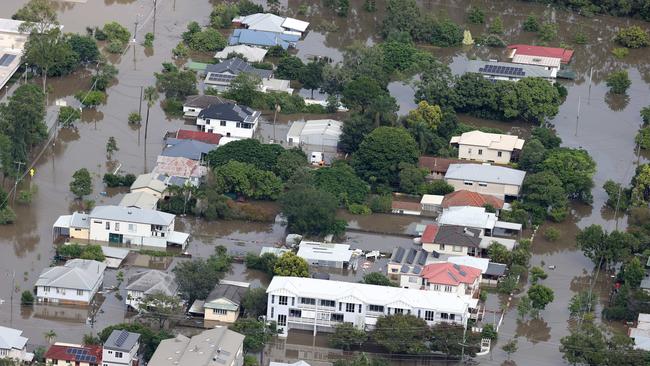
Twenty-nine houses have changed hands in the past year, according to REA, with a slew of renovated or gutted houses now hitting the market.
One house, which was not flood affected is on the market for offers over $650,000, while another house, which was listed for offers over $399,000 after being flood-affected, is now under contract.
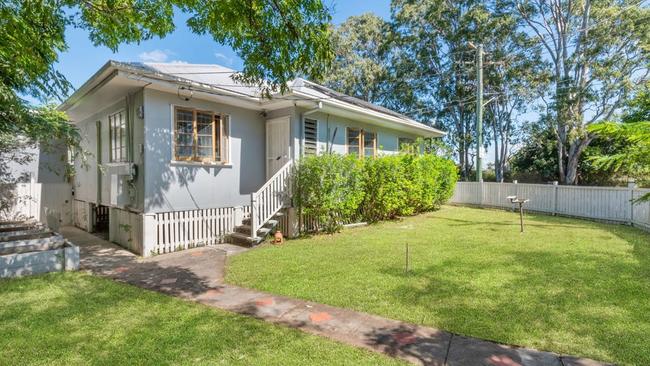
Meanwhile, a three-bedroom house on Pegg Rd that was flood affected has sold for $382,500, with the listing spruiking the grants available from the $741 million state and federal government fund.
The fund was set up to assist homeowners across 39 local government areas whose homes were impacted by the floods, with grants of up to $50,000 for repairing and retrofitting homes or up to $100,000 to raise properties.
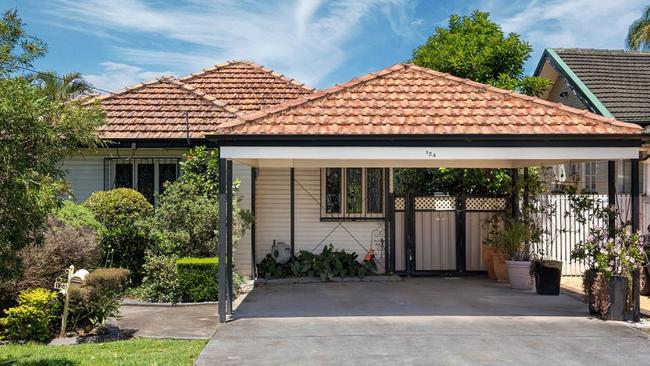
The fund is being used to spruik homes that were impacted by the floods.
In the latest Herron Todd White Month-in-Review report, which looked at the impact that the most recent flooding has had on residential values, HTW Brisbane director David Notley said the fallout was “uncertain and nuanced”.
“After our 2011 floods, Greater Brisbane property prices dropped as a broad average by around 6 per cent but recovered within 3.1 years,” he said.
“Rocklea, which dropped by 17.4 per cent, recovered its value within 3.7 years.
“Of course, these sorts of price recoveries are dependent on multiple factors – most of which
revolve around buyer and seller confidence.
“Flood mitigation work along with a compelling argument by the authorities convinced many of us that major events would be a thing of the past after 2011.
“Then, of course, last year’s La Nina hit and started the roller coaster once more.”
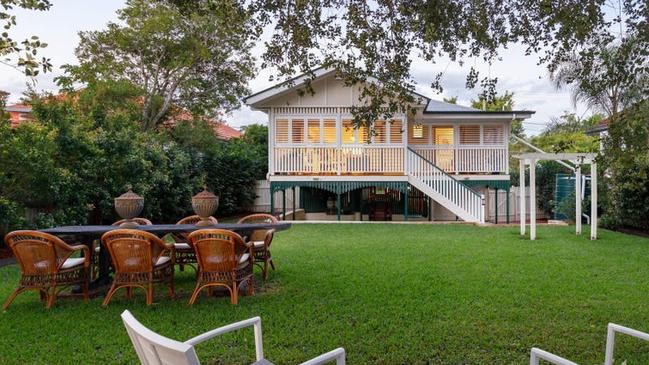
Mr Notley said most of the impact was from the river into the “higher value suburbs” such as Chelmer, Graceville, Sherwood and Yeronga, while overflow flooding was the main reason areas such as Rocklea, Oxley and Fairfield were hit.
He said that there had been “a lot more sales” transacting in lower value areas, with any drop in value largely off-set by recent capital gains.

But he said it was difficult to determine whether the discounts applied to flood-affected properties was the result of the weather event or overall declining values, rising interest rates and building costs.
On the Gold Coast it is largely business as usual, but HTW associate director Jerusha King said it was a different story just over the border in the Tweed.
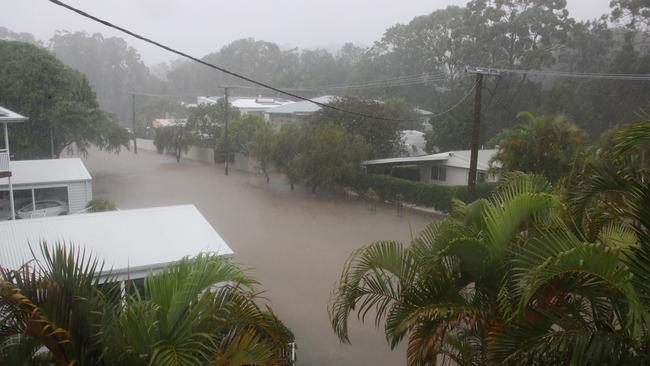
Ms King said that while many homeowners stuck around after the 2017 floods, they did not seem content to stick around after the latest event.
“Two major floods in five years (especially ones that are supposed to be a once in a lifetime event) have simply been too much for many and this has taken a major financial and mental
toll,” she said.
